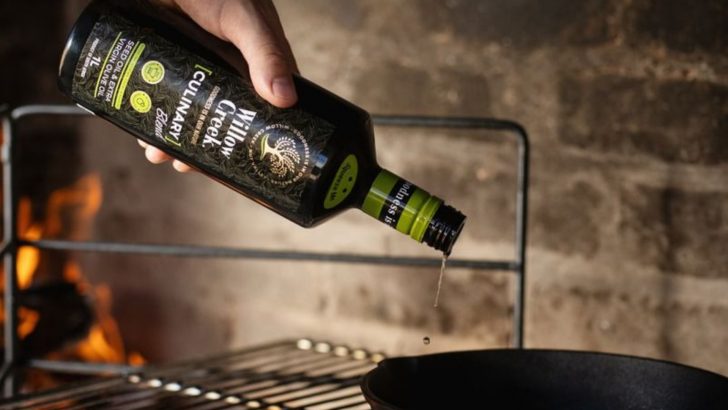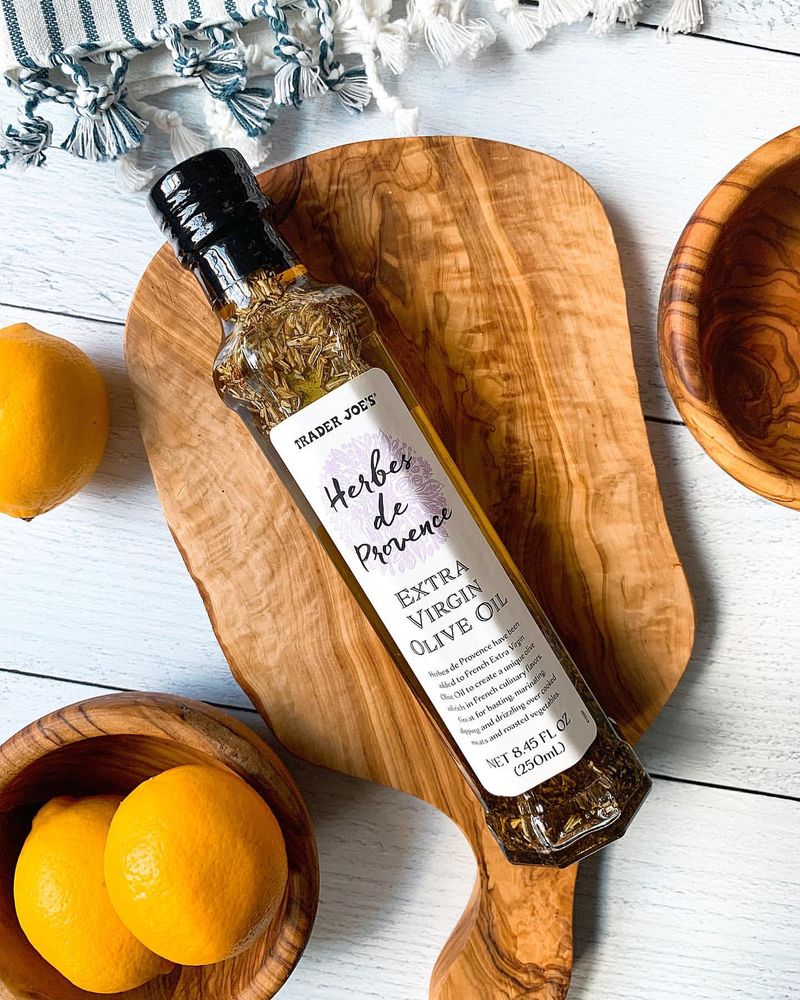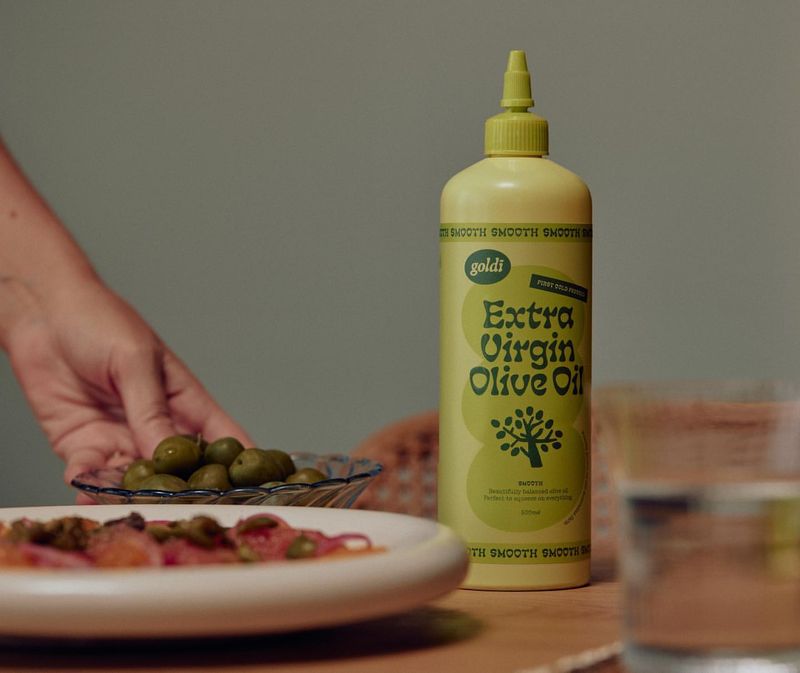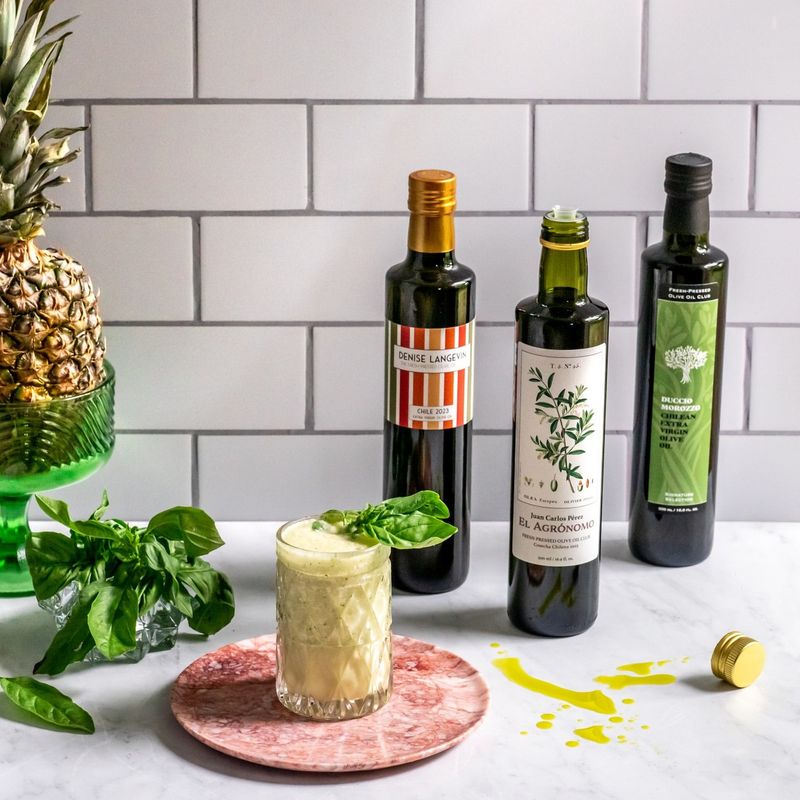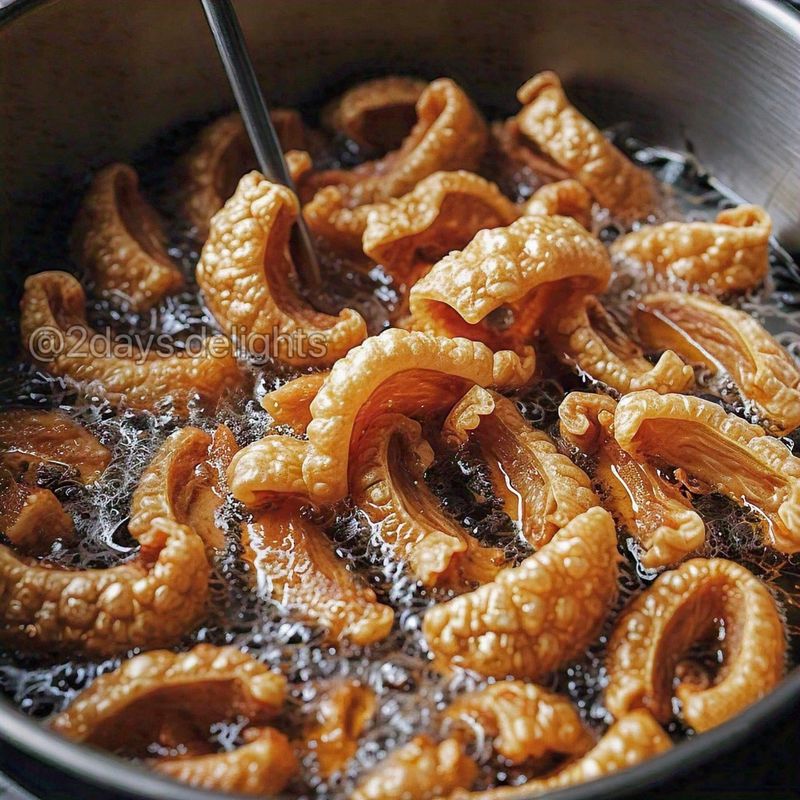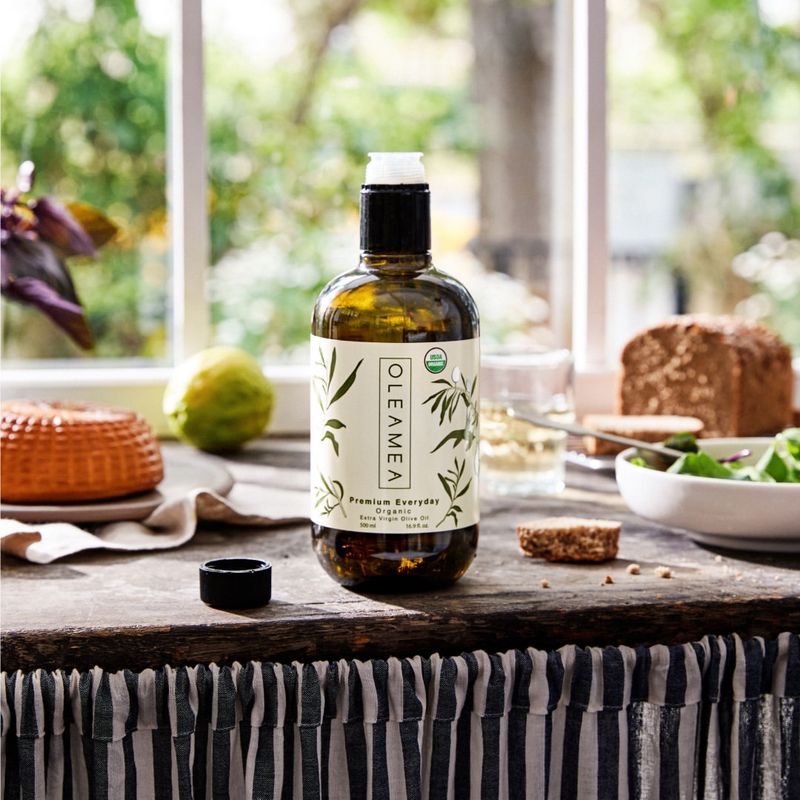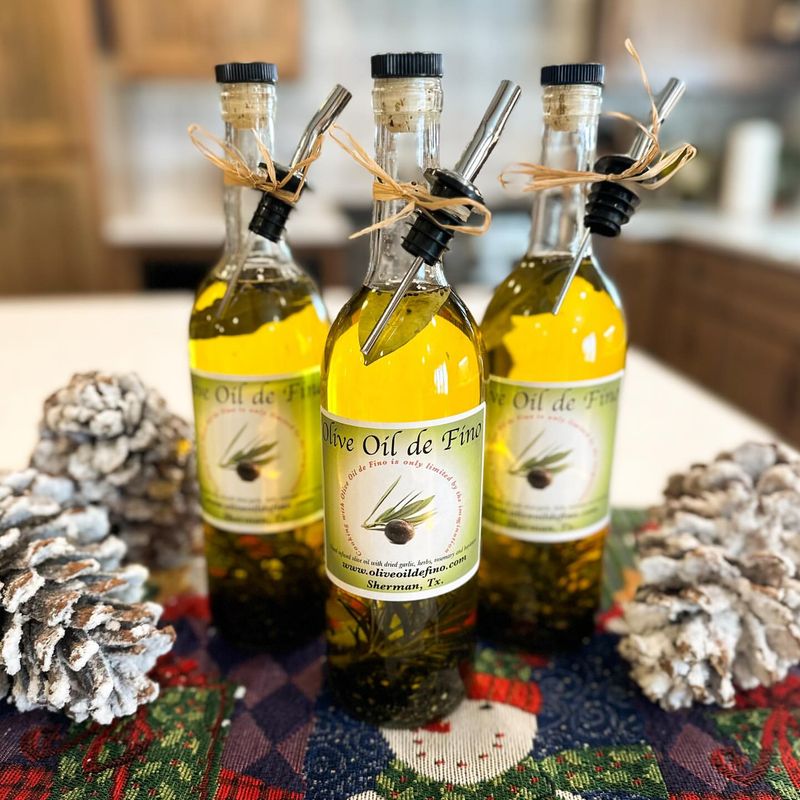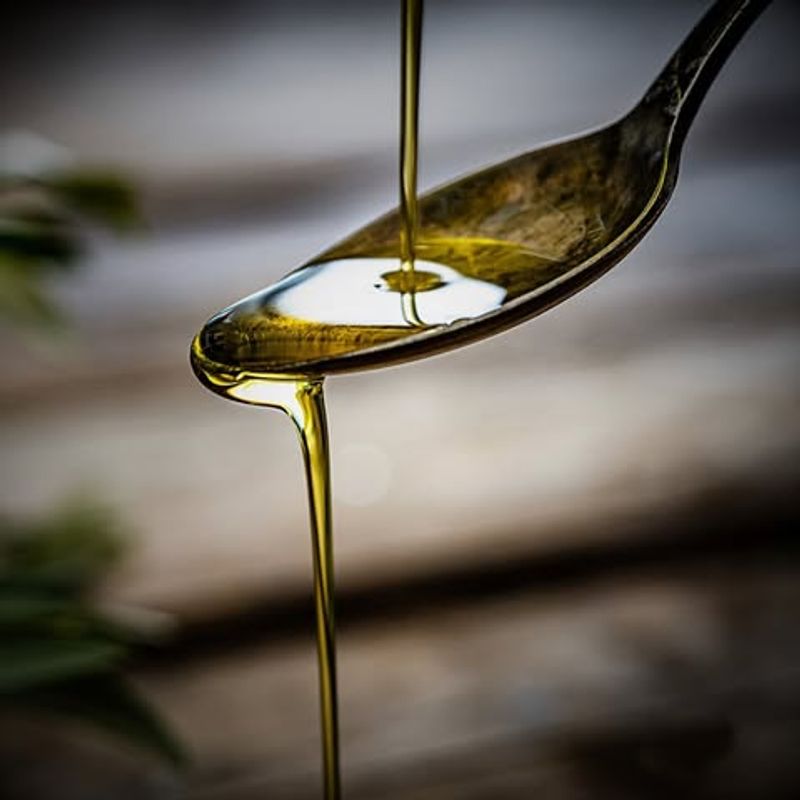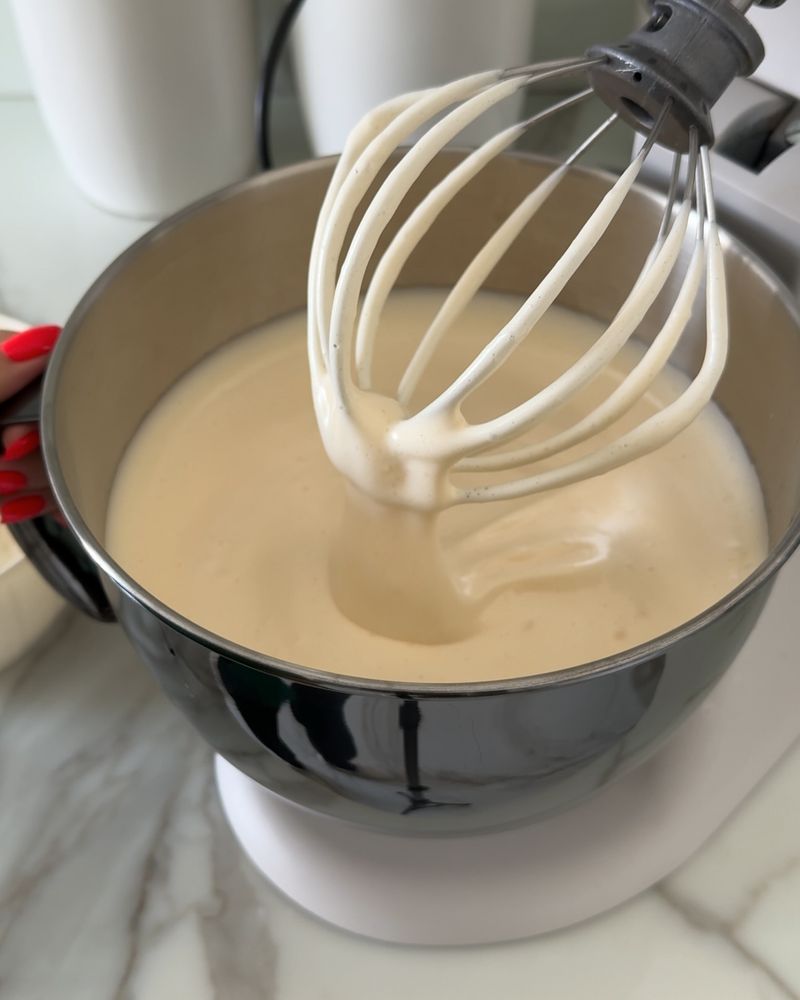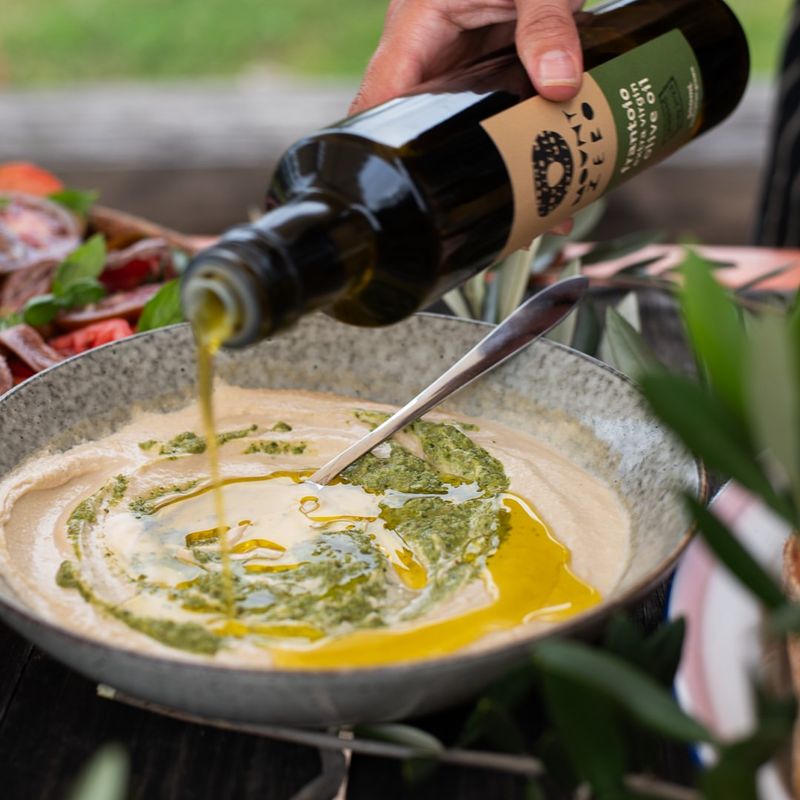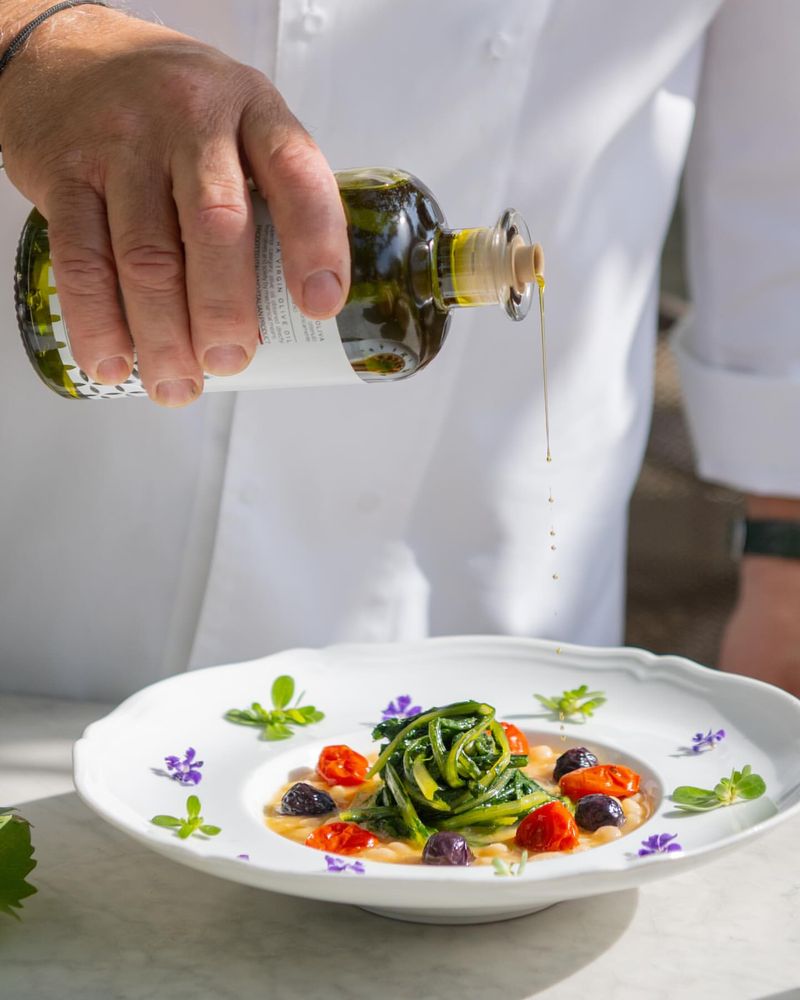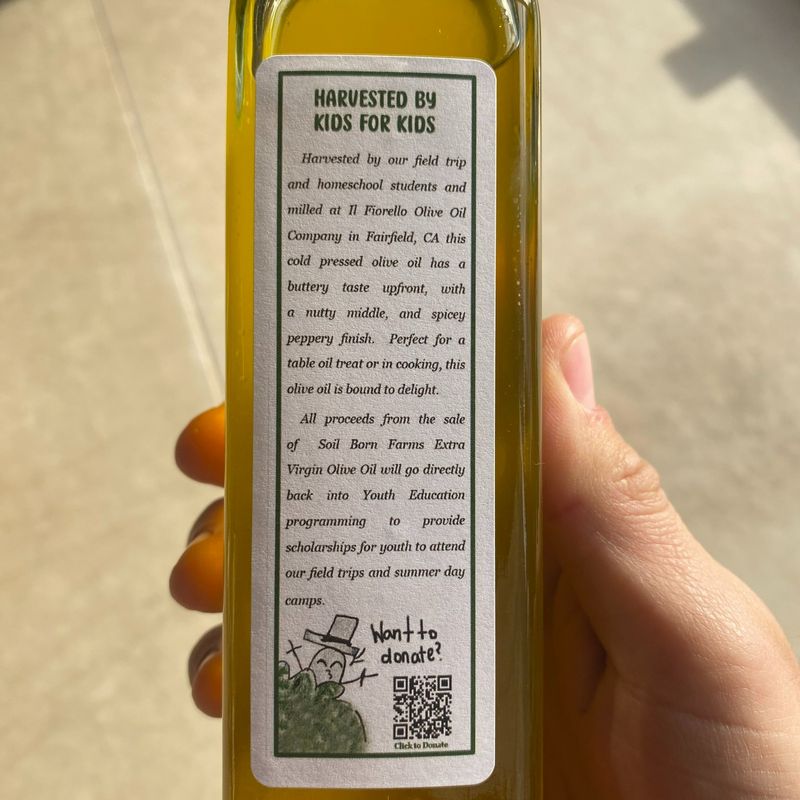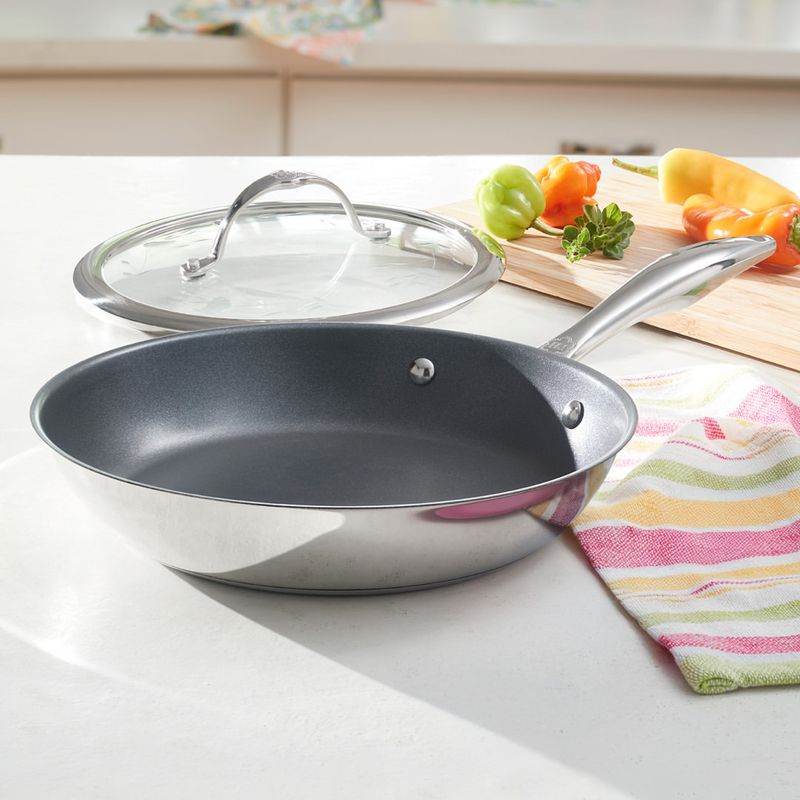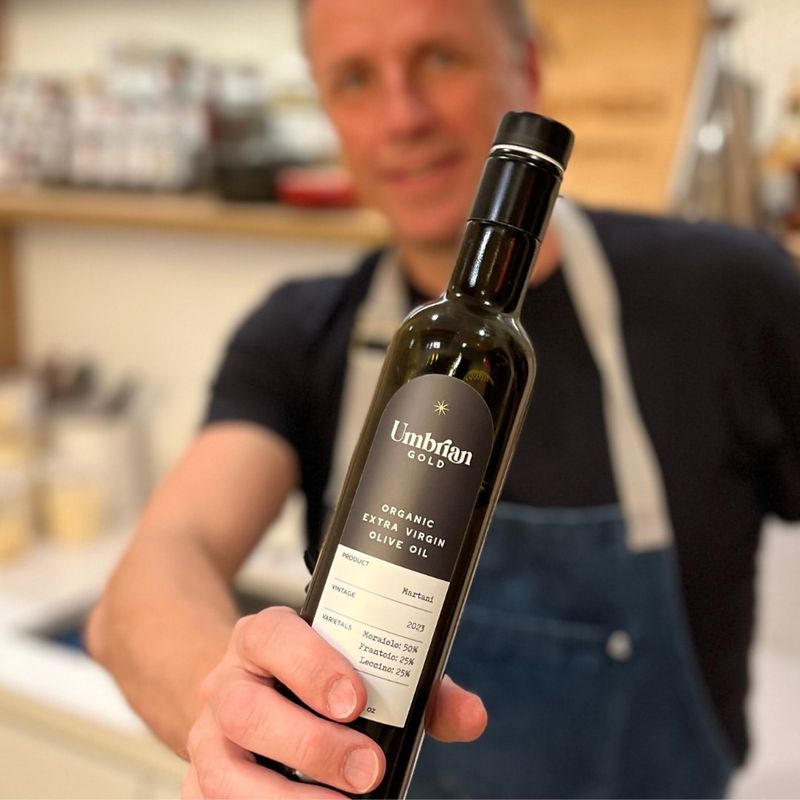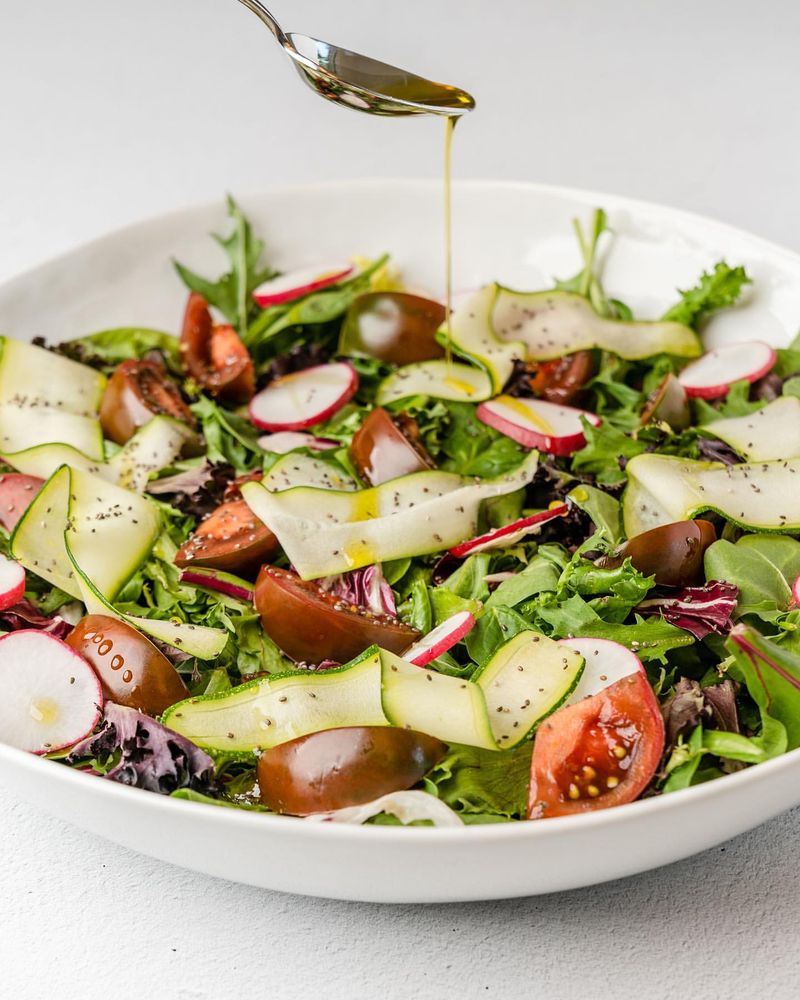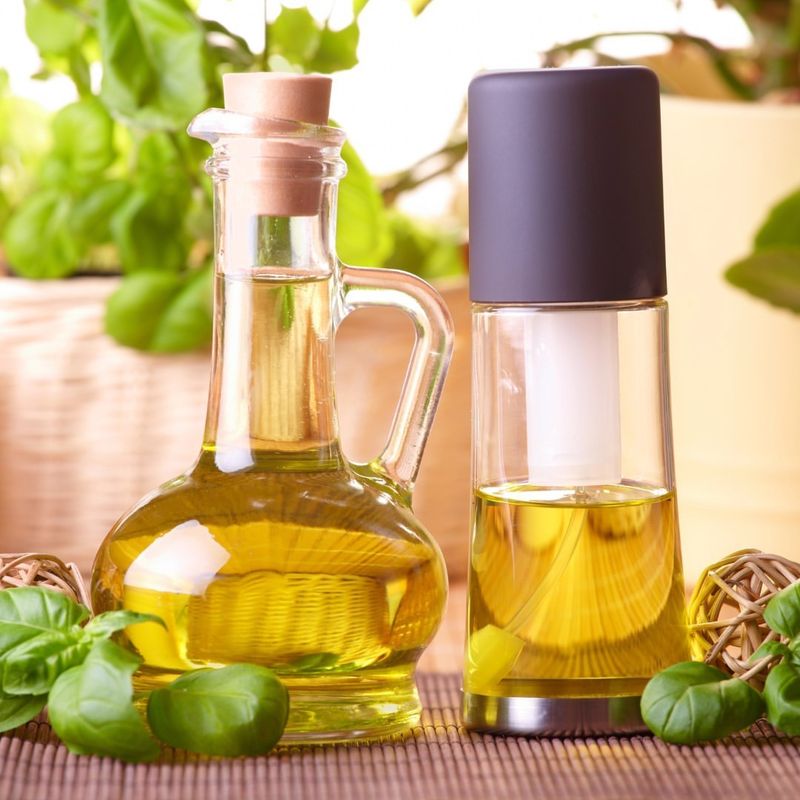Olive oil, a staple in most kitchens, is often misunderstood, leading to common blunders during cooking. Have you ever found yourself puzzled about the right type of olive oil to use or wondered why your dishes don’t taste as expected?
Embracing this culinary gem requires some know-how, and I’m here to guide you through the maze of olive oil myths and mishaps. Let’s uncover the 20 mistakes you might be making with olive oil and how to fix them.
1. Using the Wrong Type
Choosing the correct type of olive oil can be daunting. Each variant serves a unique purpose, yet many don’t differentiate between extra virgin and regular olive oil. In my experience, extra virgin is perfect for drizzling, while regular works wonders in frying.
How often have you grabbed the closest bottle without a second thought? Next time, pause and select wisely. Your choice might elevate your dish from mundane to magnificent.
2. Storing in Plastic Bottles
Plastic bottles may seem convenient, but they aren’t ideal for olive oil storage. Light and heat diminish oil quality, and plastic doesn’t offer protection. Storing oil in dark glass bottles preserves its integrity.
I once stored oil in plastic, only to find it rancid. If you want a fresh taste, switch to glass. It’s a small change with substantial benefits for your culinary creations.
3. Overheating Olive Oil
Ever noticed a smoky kitchen when frying? It’s likely due to overheating olive oil. Olive oil’s smoke point is lower than other oils, so high temperatures can ruin its flavor.
I suggest lowering the heat to preserve taste and nutrition. Over time, you’ll appreciate the difference this small adjustment makes. Cooking is an art, and managing heat is critical to creating delightful dishes.
4. Ignoring the Best By Date
Dates on olive oil bottles are more than a formality. If ignored, you risk using expired oil, which can spoil your dish. I’ve learned to check these dates meticulously.
Using fresh oil enhances taste, while stale oil detracts from your efforts. Why not make it a habit to glance at the date before pouring? This simple act ensures your dish shines with the authentic flavors olive oil offers.
5. Using it for Deep Frying
Is olive oil suitable for deep frying? Many assume so, but it’s not ideal due to its low smoke point. When I tried it, the oil burned, leaving a bitter taste. Instead, save olive oil for light sautéing or dressings.
Let other oils handle deep frying. Making this distinction helps maintain flavor integrity. Remember, matching the oil to the cooking method can transform your culinary results.
6. Not Sealing the Cap Tightly
Neglecting to seal olive oil tightly? Oxygen exposure can deteriorate quality quickly. I once left a bottle uncapped, only to use it later and notice a change. Make it a practice to secure caps right after use.
This prevents oxidation and keeps your oil fresh. Proper sealing is a small yet significant step toward preserving olive oil’s essence, allowing you to savor its full richness.
7. Buying in Bulk
Buying olive oil in bulk might seem cost-effective, but freshness diminishes over time. I’ve learned that quality trumps quantity. Smaller bottles ensure you enjoy fresh oil without wastage.
Have you ever found an old bottle in your pantry? If so, consider purchasing less but more frequently. This approach maintains the oil’s vibrant flavor and aroma, essential for enhancing your culinary adventures.
8. Not Tasting Before Using
Tasting olive oil before using it? It’s a habit worth adopting. Not all oils are created equal, and flavors vary. I’ve discovered that sampling before cooking helps me choose the right oil for each dish.
Perhaps you’ve skipped this step before. Next time, try it. A simple taste can prevent culinary disasters and elevate your creations. Knowing your oil’s flavor profile is crucial for achieving desired outcomes.
9. Using Olive Oil for Baking
Olive oil in baking? It’s not the usual choice. While some recipes tolerate it, many don’t. I once tried using olive oil in a cake, only to be disappointed by the flavor clash.
Butter or neutral oils often suit baking better. If you’re tempted to experiment, be cautious. Understanding ingredient compatibility is key to successful baking. Choose wisely, and your baked goods will thank you.
10. Pouring Without Measuring
Pouring olive oil without measuring is a common slip-up. Precision in cooking balances flavors, yet I’ve often seen cooks pour liberally. This habit can lead to overpowering dishes.
Consider using a measuring spoon next time. It offers control and ensures you don’t drown your dish. Cooking is about harmony, and measuring helps you achieve the perfect balance. It’s a small effort with significant impact.
11. Using Olive Oil as a Finish
Elevating a dish with a finishing drizzle of olive oil can enhance flavors, but timing matters. Some pour too soon, losing the oil’s essence. I’ve found that adding it just before serving maximizes its impact.
Next time you cook, try holding back until the end. This simple adjustment can transform the final taste. Understanding the role of olive oil as a garnish is crucial for perfecting your presentation.
12. Disregarding Organic Labels
Organic labels on olive oil aren’t just marketing. They often indicate quality and authenticity. I’ve noticed a difference when choosing organic options. If you’ve never considered it, next shopping trip, inspect those labels closely.
Investing in organic can mean better health benefits and flavor. It’s a choice worth making for those serious about their culinary craft. Your dishes deserve the best, and organic might just be it.
13. Mixing with Butter Incorrectly
Combining butter and olive oil can enhance flavors, but proportions must be right. I’ve erred by adding too much olive oil, overpowering the dish. Balance is key to this blend. If you enjoy this combo, experiment to find your perfect mix.
Understanding the role of each fat and how they complement each other will elevate your cooking. It’s a subtle art that, when mastered, can bring out incredible flavors.
14. Using Olive Oil in Nonstick Pans
Nonstick pans and olive oil often clash. I’ve found that the oil can build up a sticky residue, affecting the pan’s performance. Perhaps you’ve noticed this too? If so, consider alternative oils for nonstick surfaces.
This simple switch prevents residue and prolongs pan life. It’s about choosing the right tool for the job, and sometimes olive oil isn’t the best fit. Preserving your cookware makes cooking more enjoyable.
15. Not Shaking Before Use
Shaking olive oil before use might sound odd, but it ensures uniform consistency. I’ve seen sediment settle at the bottom, affecting flavor.
Ever noticed this in your bottle? A quick shake can redistribute particles. This action clears up flavor inconsistencies. Ensuring each pour is as good as the last enhances your dishes. It’s a small yet effective step to maintain the oil’s quality across its use.
16. Using Old Oil for Dressings
Salads deserve fresh olive oil, yet using old oil is a frequent mistake. I’ve tasted salads ruined by stale oil. If freshness is your goal, ensure the oil is within its prime. I recommend checking dates and using oil quickly once opened.
Dressings should highlight flavors, not mask them with rancidity. This attention to detail will elevate your salads, enhancing their freshness and appeal.
17. Discarding Olive Oil Sediment
Sediment in olive oil isn’t a defect; it’s natural. I once discarded a bottle, thinking it was spoiled. But, sediment often indicates quality. If you’ve done the same, reconsider. Embrace the sediment, as it can enrich flavors.
Understanding these nuances helps you make informed culinary choices. Appreciate the complexity olive oil offers. Next time, don’t be so quick to discard. Use it to your advantage, and your dishes will benefit.
18. Using Olive Oil for Marinades
Marinating with olive oil can be tricky. Its strong flavor often overpowers delicate ingredients. I’ve ruined meals this way, but learned to balance the oil with herbs and spices.
If you’re marinating, use olive oil sparingly. This approach maintains harmony in flavors. Respecting each ingredient’s role leads to a better marinade. Experiment to find what works, and your dishes will reflect this thoughtful preparation.
19. Overlooking Olive Oil Quality
Quality in olive oil often goes unnoticed. Many settle for any brand, missing out on nuances. I’ve realized the importance of researching and selecting top-tier oils. If you haven’t given it much thought, start exploring the options.
Quality impacts taste, aroma, and health benefits. Investing in superior oil is a step toward culinary excellence. Each detail counts, and oil quality shouldn’t be overlooked in pursuit of delicious meals.
20. Using Olive Oil on the Grill
Grilling with olive oil is risky. Its low smoke point means it burns easily, affecting flavor. I learned this the hard way, with burnt, bitter-tasting food. Instead, apply oil to the food, not the grill. This preserves flavor and prevents flare-ups.
Simplifying your grilling technique with this small change makes a big difference. Your barbecues will benefit from avoiding this common pitfall, ensuring tastier, more enjoyable meals.

